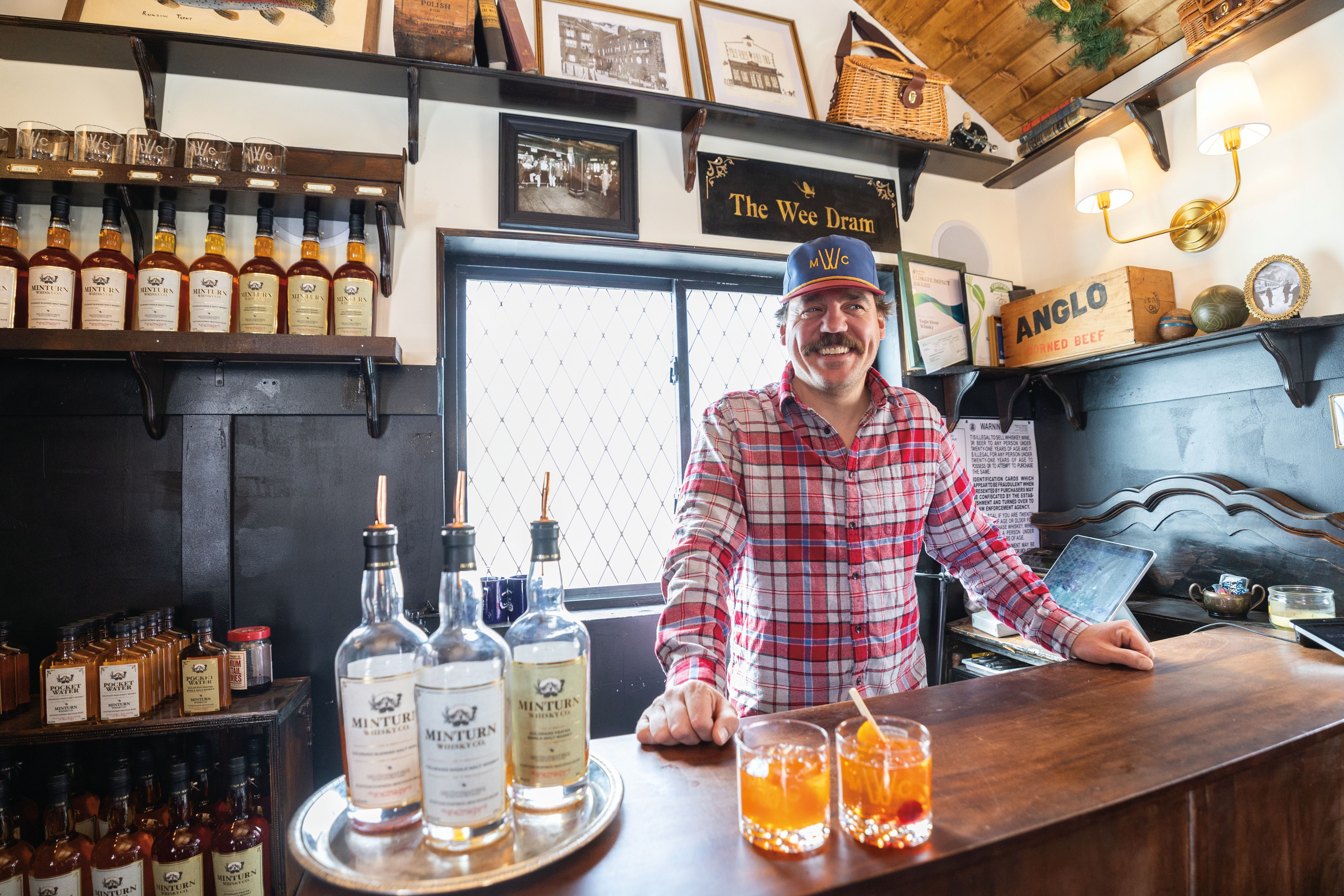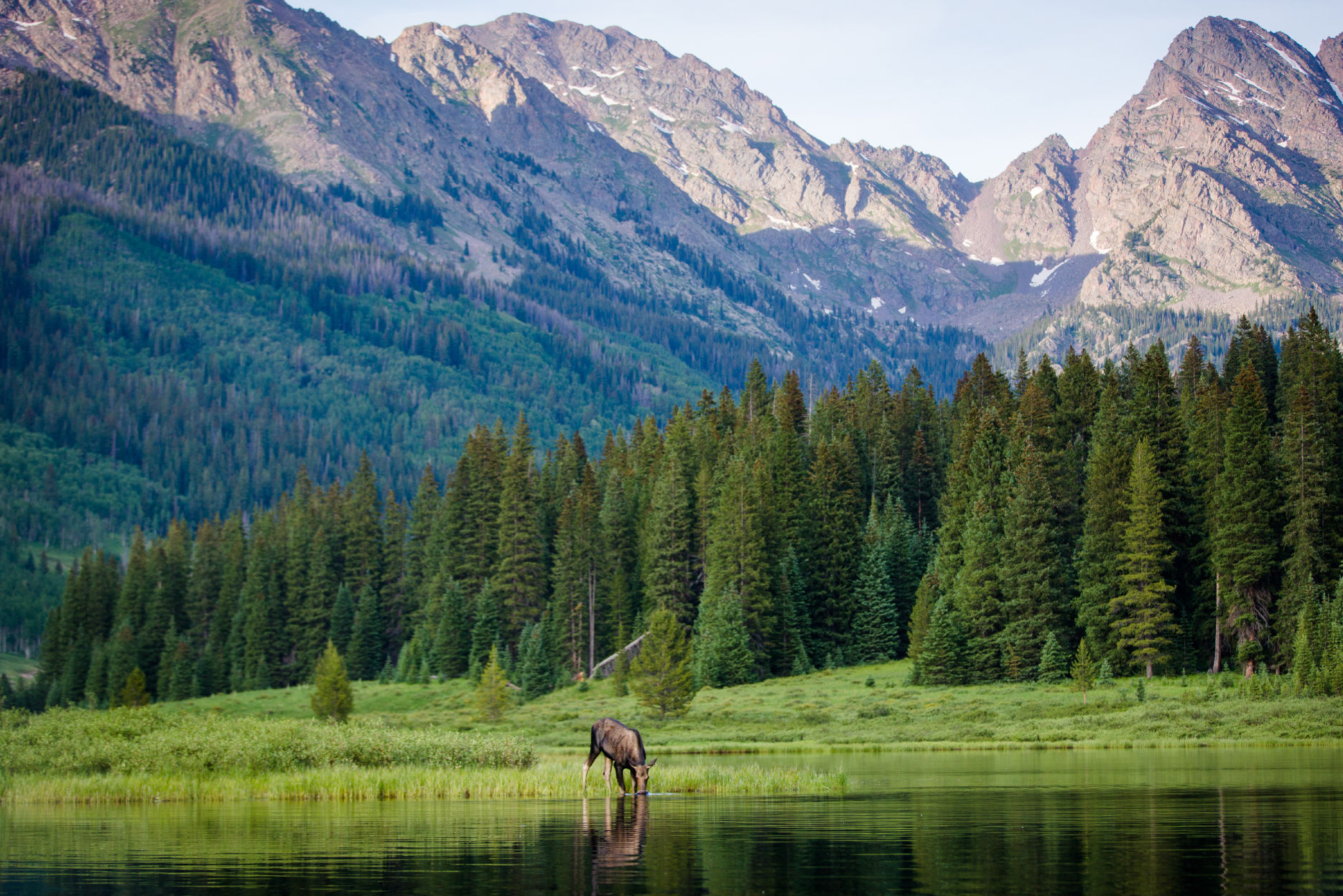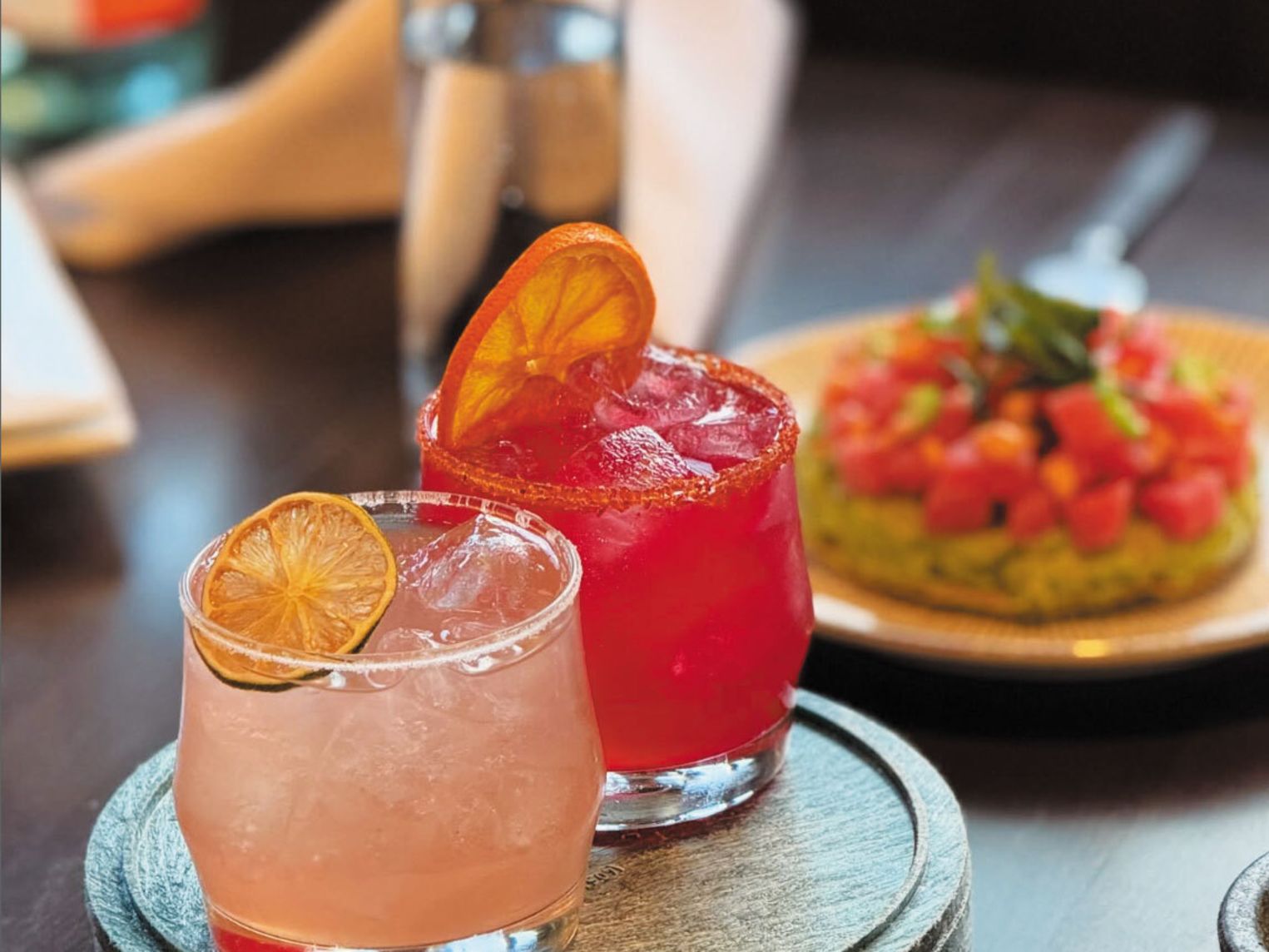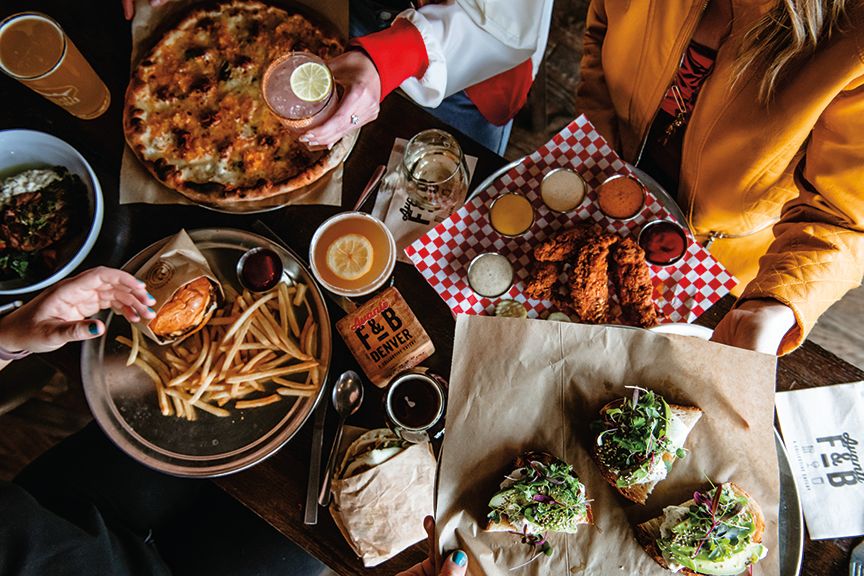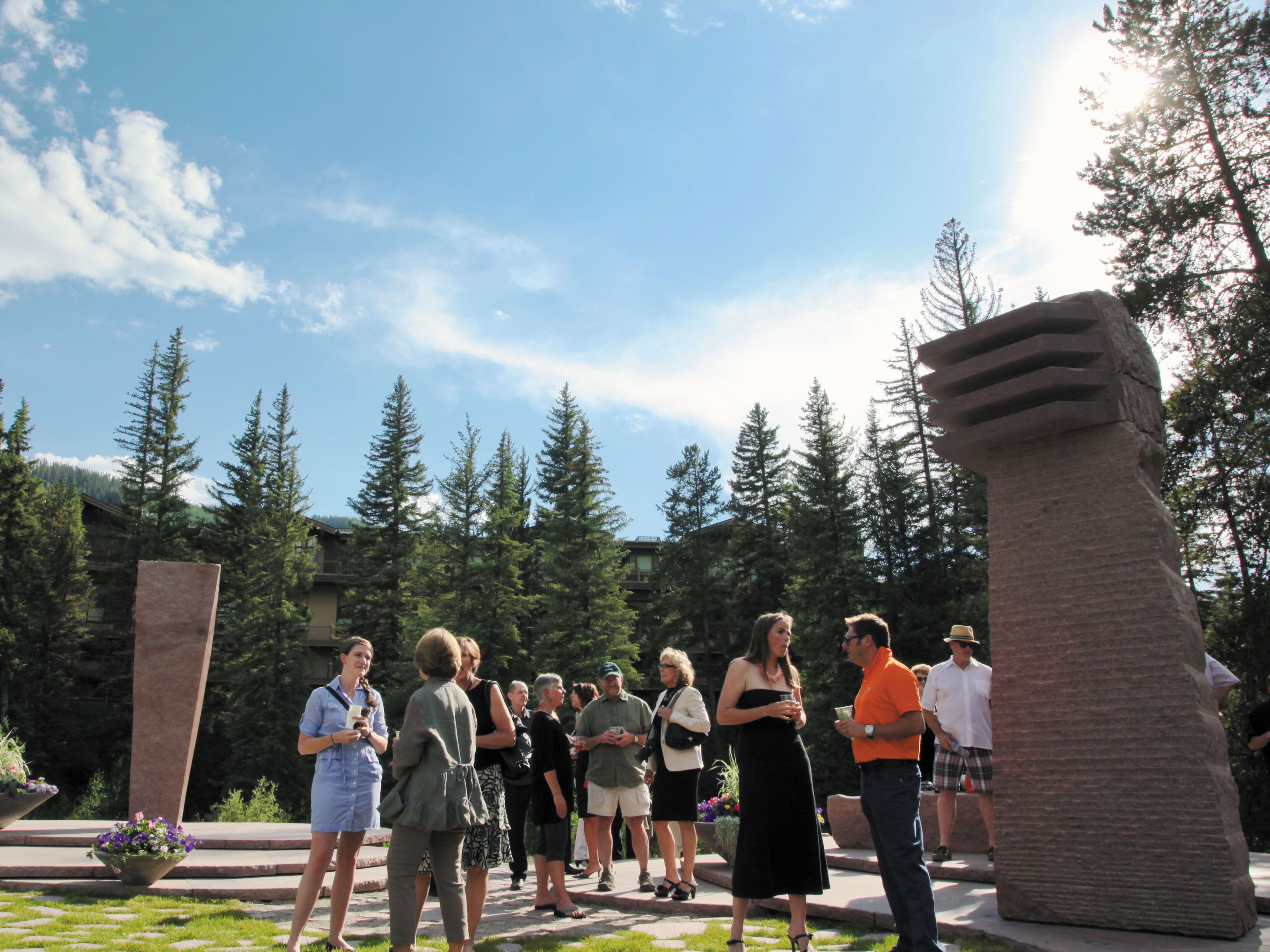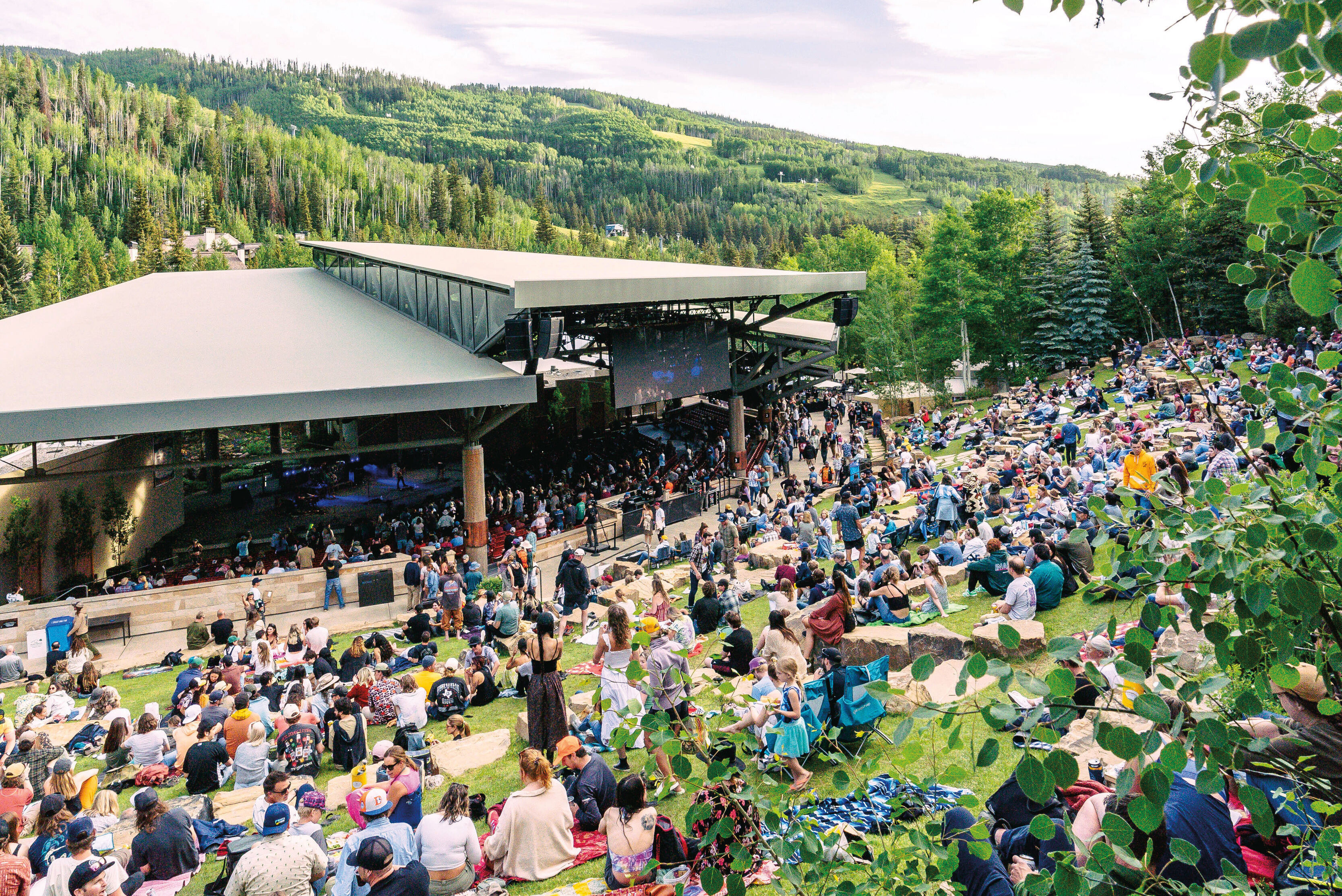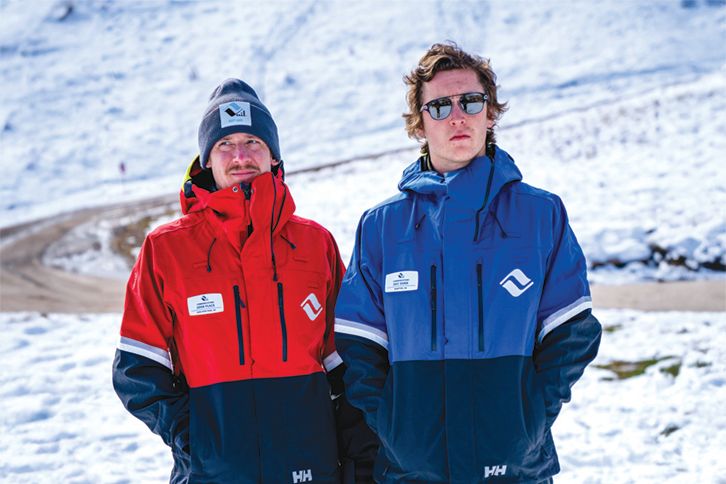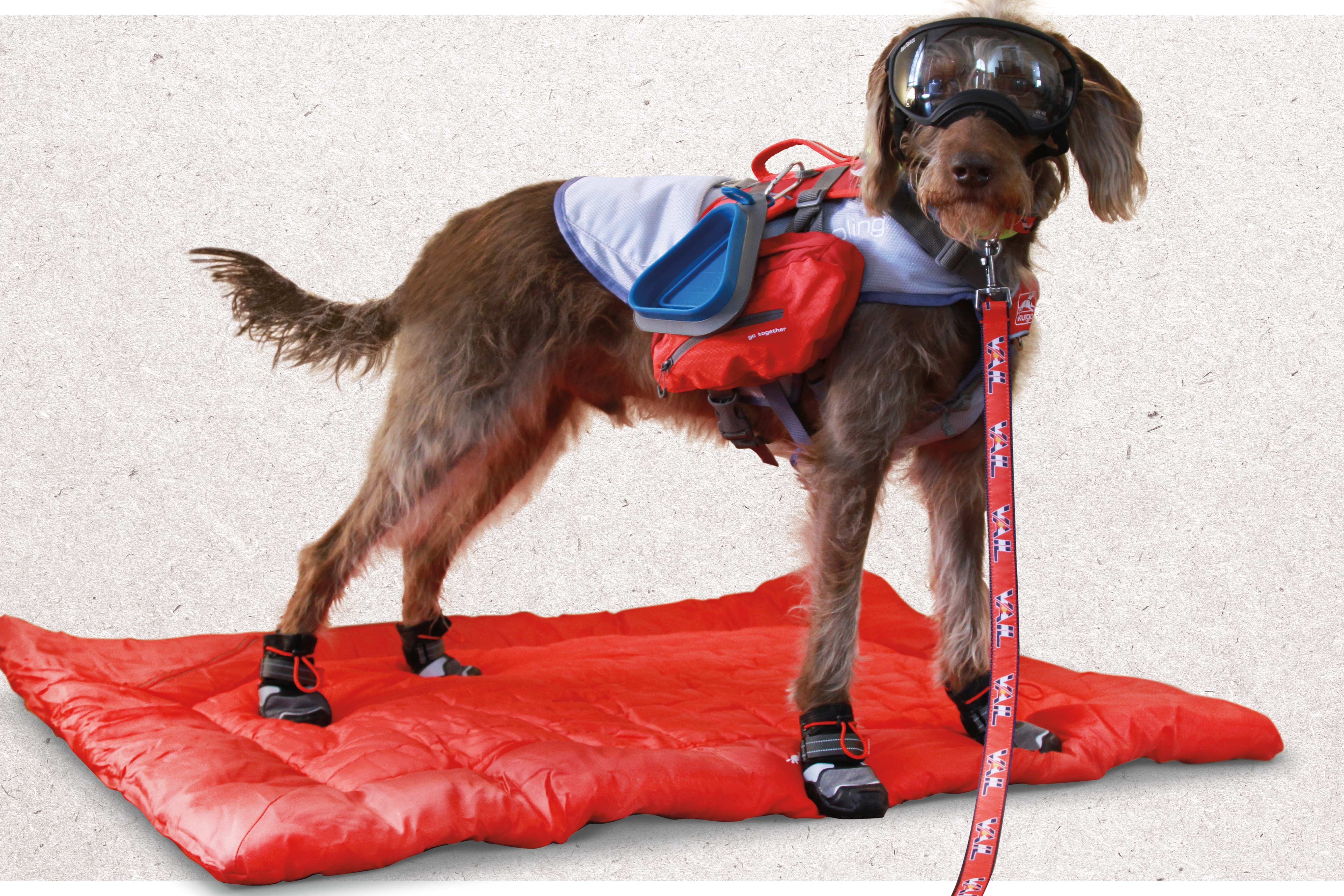
The US Men's Whitewater Raft Team Tackles Weights (and Rapids) for Long-Lasting Results
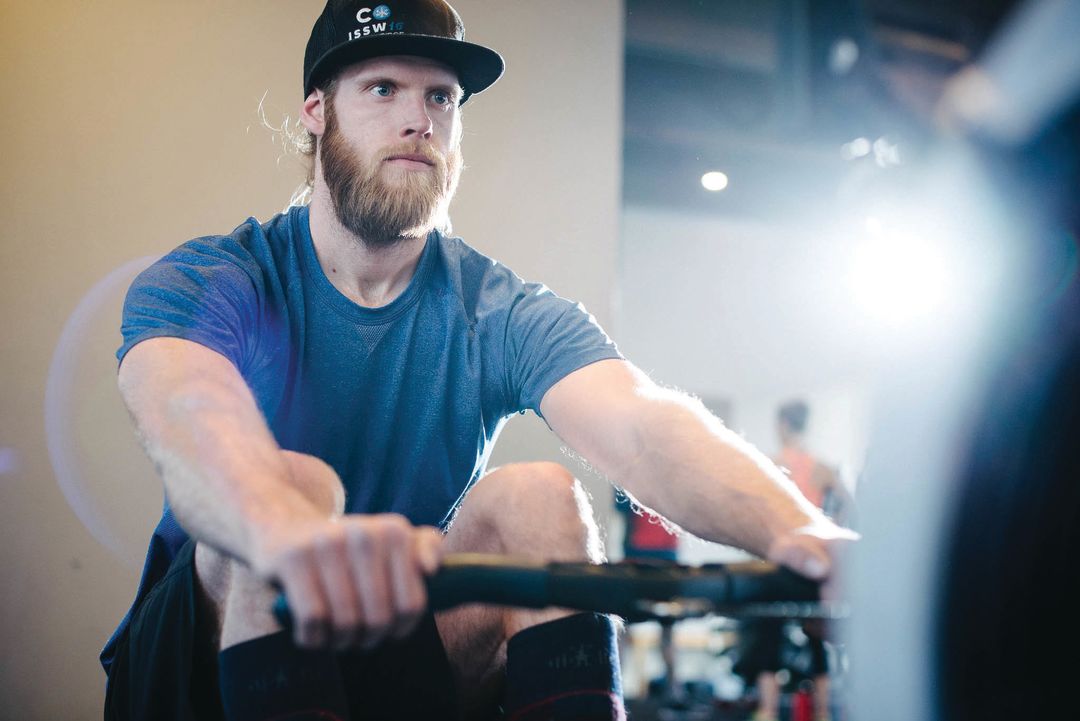
Hours on the rowing machine are part of the US Men's Whitewater Raft Team's summer regimen.
Image: Ryan Dearth
Thirty-four hours and two minutes: that’s the current speed record (set in January 2016 by a paddler in a single carbon fiber kayak) for navigating all 277 miles of the Colorado River as it churns and roils through the Grand Canyon. That’s nearly 28 days faster than John Wesley Powell, the first known explorer to conquer the canyon, an expedition from which much of his supplies—and several of his men—never returned from what he dubbed his “granite prison.” Even that lone kayaker ended up swimming through one of the canyon’s more technical rapids, Lava Falls, on his record-setting voyage.
Yet under the light of a full moon in January last year, nearly 150 years after Powell’s conquest and a year after the record-breaking descent, eight members of the Vail Valley-based US Men’s Whitewater Raft Team shoved off from Lee’s Ferry in a custom-built eight-man pontoon raft and dipped their oars in the Colorado on a bid not just to break the course record but to withstand the brutal mental and physical challenge of rowing nonstop for nearly a day and a half.
“We had to go from being a bunch of big, bulky guys that are built to sprint, and change our energy systems to be more efficient for a longer-term push,” explains John Mark Seelig, team captain and owner of GOAT Training, an Edwards workout space he owns with his wife, Laura (along with a new down-valley annex of the club that opened recently at Eagle Climbing + Fitness). The Seeligs’ no-frills gym, quartered in a commercial park warehouse stocked with kettle bells, barbells, heavy bags, rowing machines, and a whiteboard for communicating the day’s workout routine (and mantra, e.g., “The Gym Is Not A Sport!”), caters to a diverse clientele that includes professional mountain athletes, mountain rescue volunteers, raft guides, and weekend warriors who have one goal in common: a desire to push themselves to their mental and physical limits. Workouts are intricately planned to focus first and foremost on form and function; anything from heavy sets of deadlifts with longer rest periods, to sprints on the rowing ergometers followed by kettle bell swings are common, with the Seeligs watching and correcting every movement for optimal body mechanics required to improve performance in everything from skinning up Arrowhead to crushing the steeps on a mountain bike, to rowing the length of the Grand Canyon.
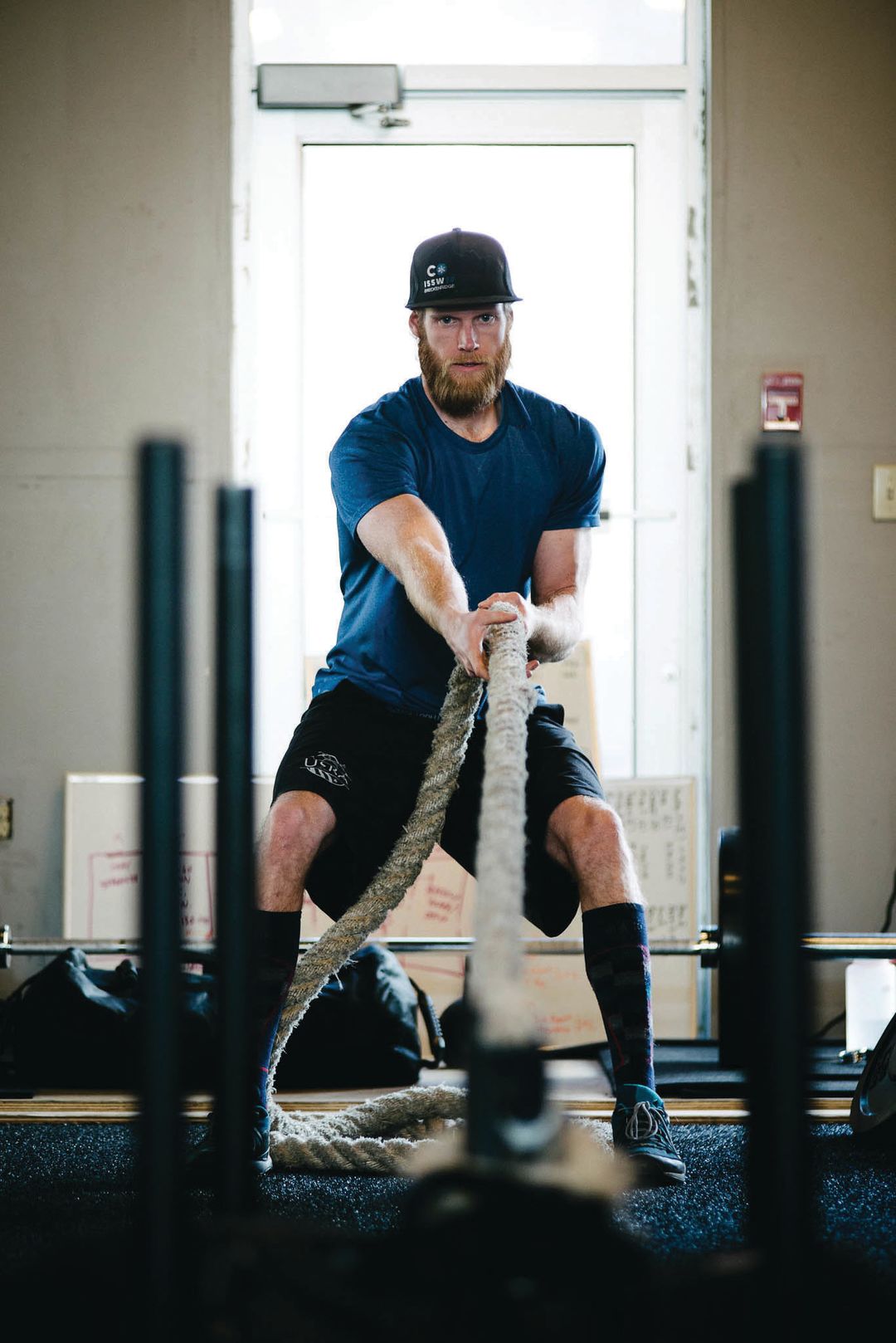
Team member Jeremiah Williams at GOAT in Edwards.
Image: Ryan Dearth
This time last year, to prepare for the Colorado River record attempt, Seelig’s task was to turn his paddlers into oarsmen—using oars instead of paddles would deliver a mechanical advantage crucial for achieving a record-breaking pace—which meant adding endurance workouts to the team’s usual Sunday evening strength and power regimens. As weeks turned to months, the grueling sessions (imagine 16 hours on a rowing ergometer) developed into an almost-religious weekly ritual. “Sundays are like church,” is how team member Kurt Kincel puts it.
Ultimately, Lava Falls, the same rapid that nearly marooned the lone record breaker in 2016, swamped the US Raft Team’s boat and ended their attempt after over 21 hours and nearly 180 miles of rowing as they cruised on pace to break the record. Although they lost their battle with the Grand Canyon, the valley’s buff paddlers find themselves well-prepared to tackle their next long-term goal: competing in the rafting World Cup on Africa’s Zambezi River in December.
“We have a really good base going into the season; we’ll start out a lot stronger than most teams since we’ve been rowing all winter,” says Seelig, who notes that success on the river requires just as many hours hefting barbells and free weights indoors as it does pulling paddles through water.
“We usually spend two days a week on the water, maybe three depending on schedules, but we’re always in the gym, so when we do get on the water we’re more focused on technique, and working together,” explains team member Jeremiah Williams. “We’re not using that time as a strength or endurance workout, we’re working on paddling.”
And after their January attempt at the Grand Canyon’s speed record, even the most grueling of workouts on local water seem like leisurely paddles in comparison.
“We went to this spot in Dotsero a few months later to train, which is usually our early- and late-season river stretch because it’s flat and it’s really hard to go fast, and it’s usually a mental beatdown,” says Seelig. “In the middle of the workout we looked at each other and said, ‘At least it’s not the Grand!’”
But still, the process of getting there, and moving beyond it, is great.
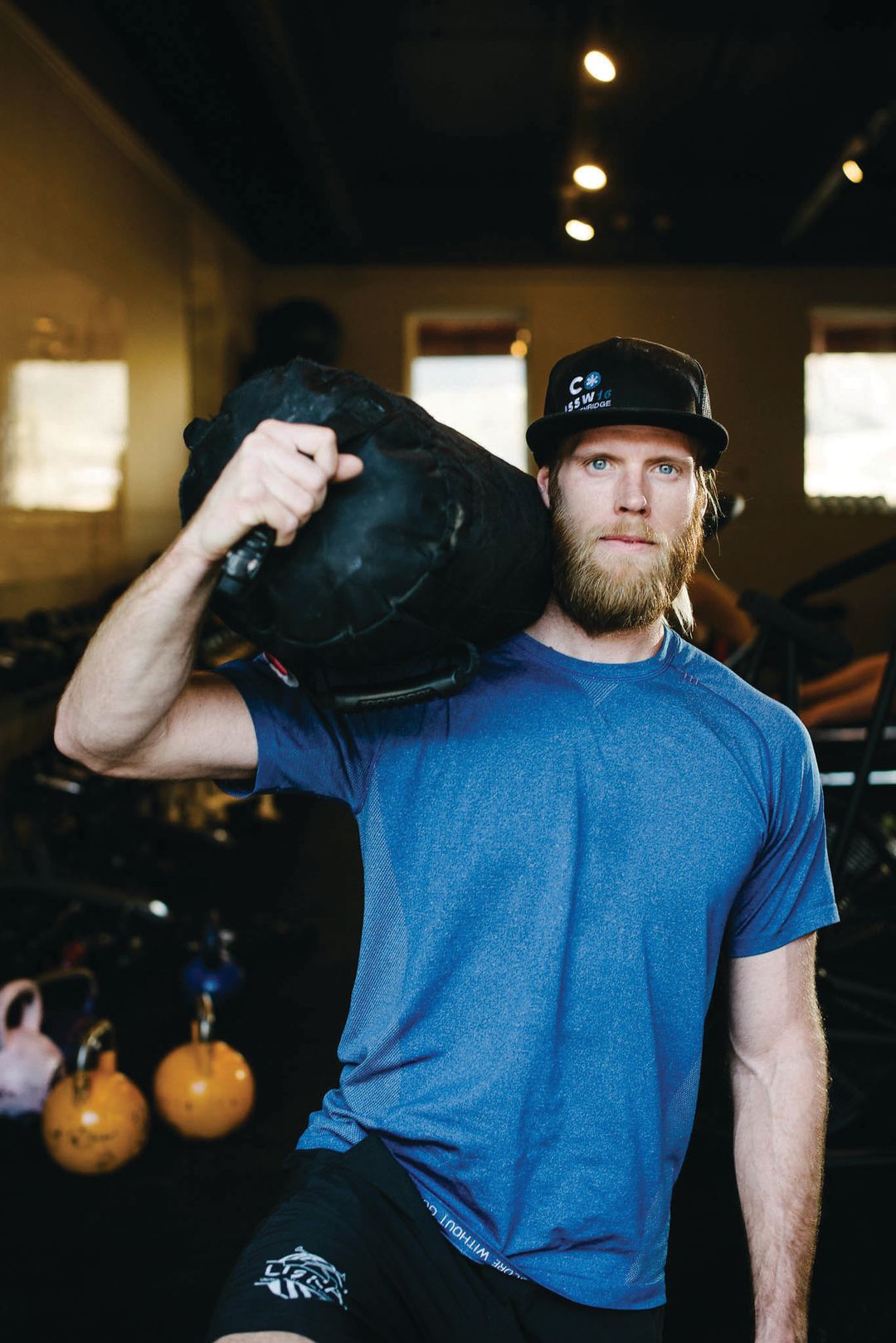
Williams at work in the Seelig's gym.
Image: Ryan Dearth
THE US MEN'S WHITEWATER RAFT TEAM SUMMER TRAINING REGIMEN
Monday: Strength—low reps and heavy weight with rest
Tuesday: Team paddle
Wednesday: Cardio recovery—swimming’s a team favorite
Thursday: Intervals—30 seconds of hard work (think ski erg or rowing machine sprints), and 90 seconds rest for 10 reps
Friday: Strength and endurance—a metabolic conditioning workout for the entire body using body weight movements
Saturday: Outside play, typically on a mountain bike
Sunday: Team paddle
2017 Rafting Calendar
FIBArk: America’s Oldest Whitewater Festival June 15-18, Arkansas River, Salida
The Royal Gorge Whitewater Festival June 23-24, Arkansas River, Cañon City
Gore Fest Aug 25-26, Colorado River, Rancho del Rio
World Rafting Championships Oct 2-7, Yoshino River, Japan
Rafting World Cup Dec 17-22, Zambezi River, Africa







